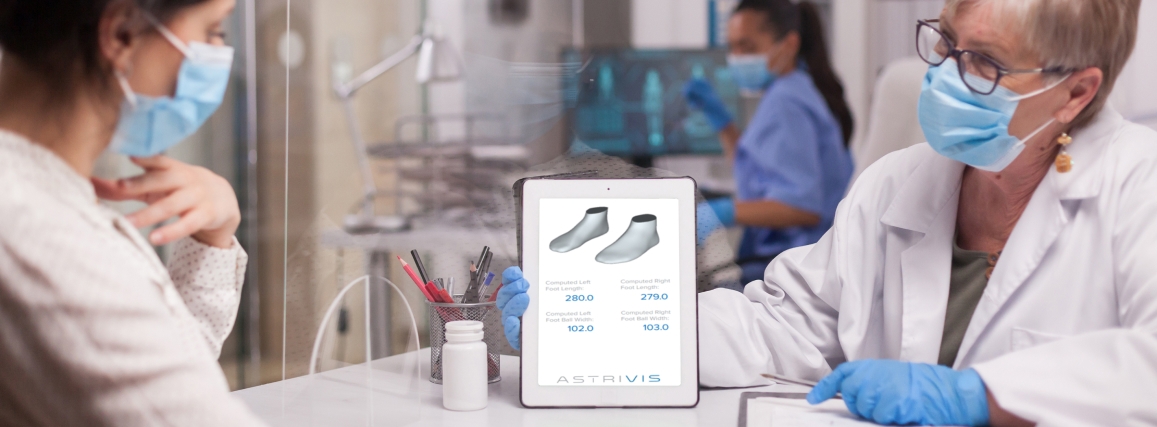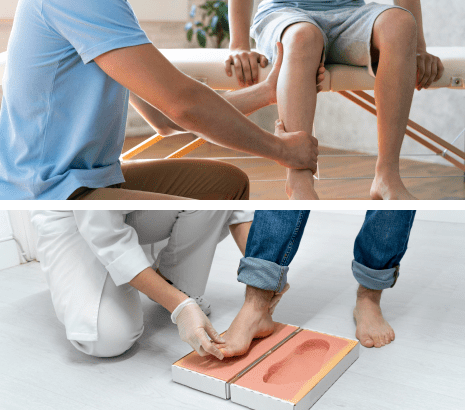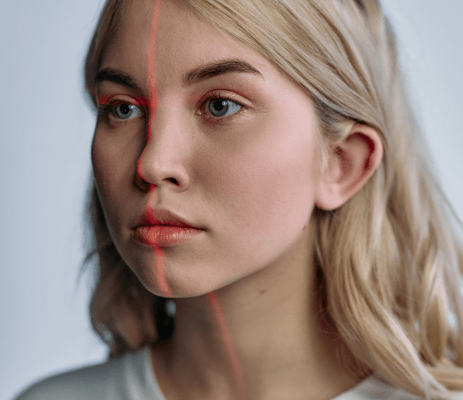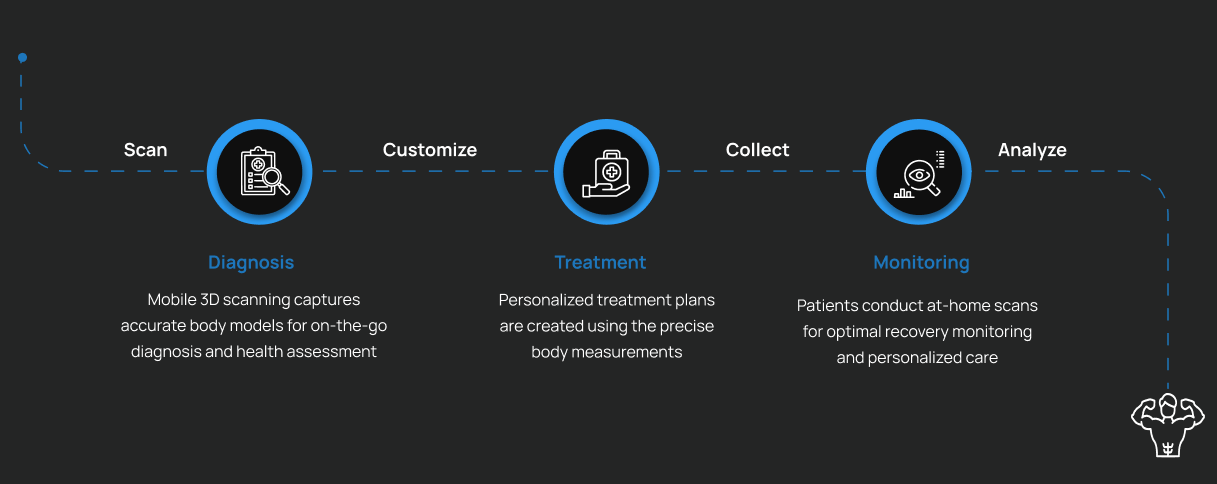Medical & Healthcare

Have you considered using a mobile 3D scanning solution to make healthcare more convenient for your patients and customers?
Transforming smartphones into 3D scanners simplifies workflows, saves time and costs, and enhances diagnostic and treatment processes. Generate accurate 3D models, extract precise measurements, enable simplified diagnosis, create customized orthotics, and conduct remote tests for personalized, effective, and affordable patient care.
SOLUTIONS

Provide portable 3D customized orthopaedic services with just your mobile device in hand
Eliminated heavy hardware investments; Automated post-processing pipelines for shape extraction; Streamline orthopaedic care with Astrivis Body Scan3D into a high-volume, repeatable workflow.
Preview in 3D and enhance the desired plastic design, facilitating effective communication and optimizing satisfaction
Analyze facial features in 3D for medical beauty surgery planning.


Empower remote personalized virtual assessments in surgery departments for digital health
Integrate the 3D scanning option into your digital health platform and unlock the potential of smart home healthcare.
How It Works
